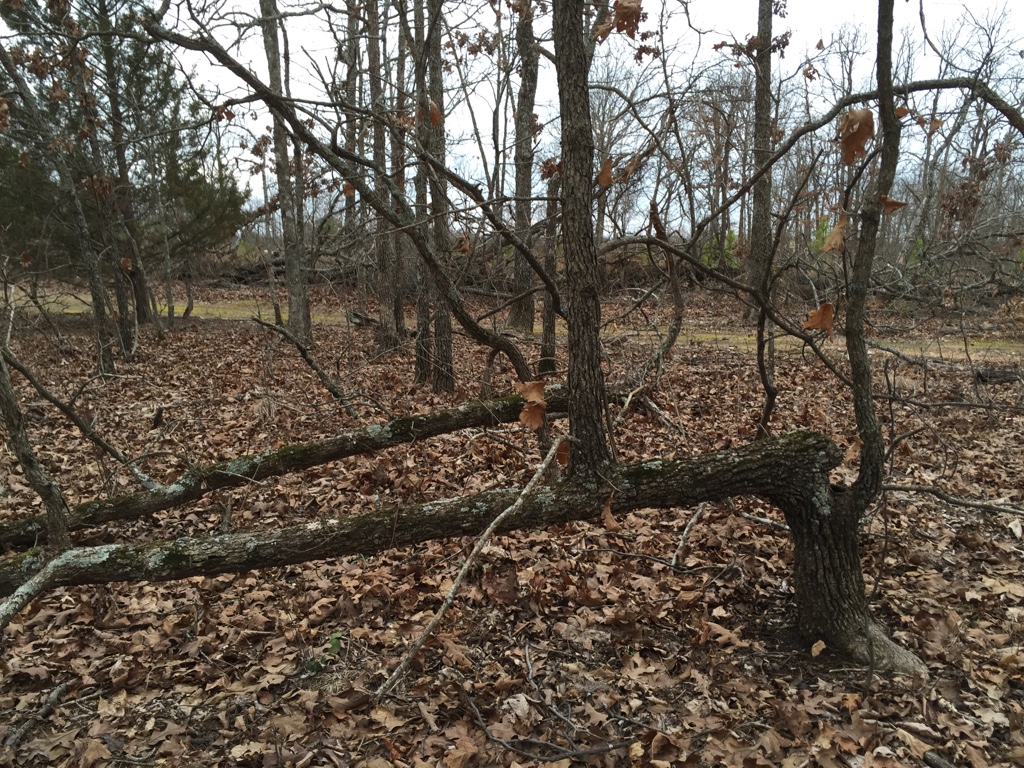When i say I don't want to cut too many trees down I don't mean I dont want to cut anything down. Most of our woods I'm free to do with as I please but the pines are a no go, they were planted by my grandfather many, many years ago. What I do mean is if I'm doing a 1/4acre plot I don't want to have to clear cut 1/2acre or more worth of trees to really open the area up.
As of right now I think the throw n mow method will be my first attempt for a food plot or two.
Also the hinge cutting thing I'm definitely going to give a go. Sounds like a good way to open up around the edges of a food plot for some sunlight while simultaneously giving some better cover around the plot itself, as well as another food source.
For those of you that have hinge cut trees on your land, what success have you had with the trees staying alive? Some of what I'm reading states that when done correctly they can live for as long as any other untouched tree in the woods. I'm not saying it's BS because I have no experience with it what so ever, it just seems rather contrary to my preconceived notions.

